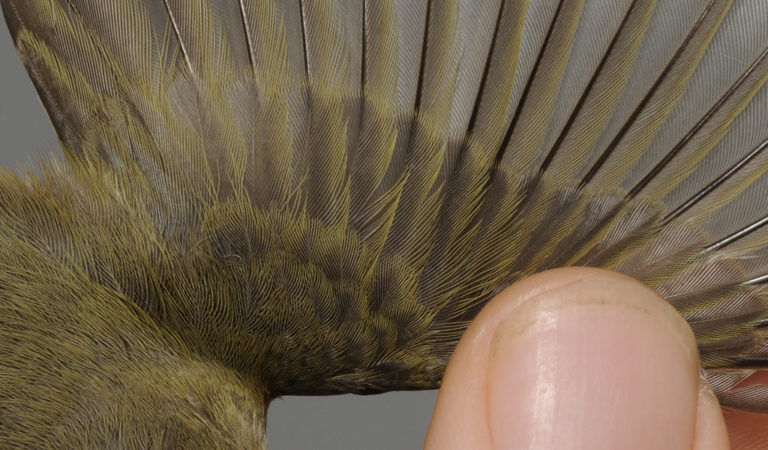

Willow Warbler
AGE – BEST CRITERIA:

1cy September. Most 1cy (like this one) show a complete set of juvenile GC. However, a few include 1 (or rarely 2-4) inner GC which show a slightly darker centre and greener edges than the still juvenile outer GC. Moult contrasts may also occur in LC or MC, but are generally diffucult to see. [CP47919]
More Phylloscopus trochilus:
Ageing spring
Moult
Ringers’ DigiGuide is sponsored by: